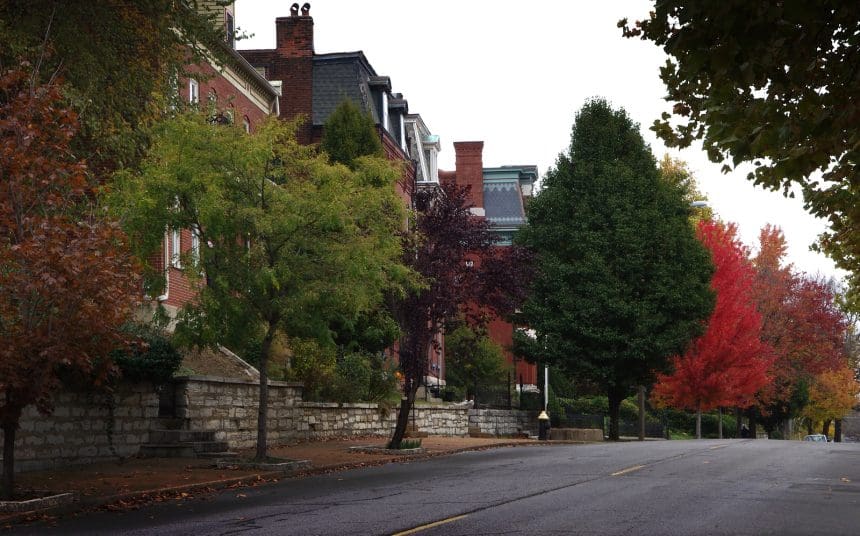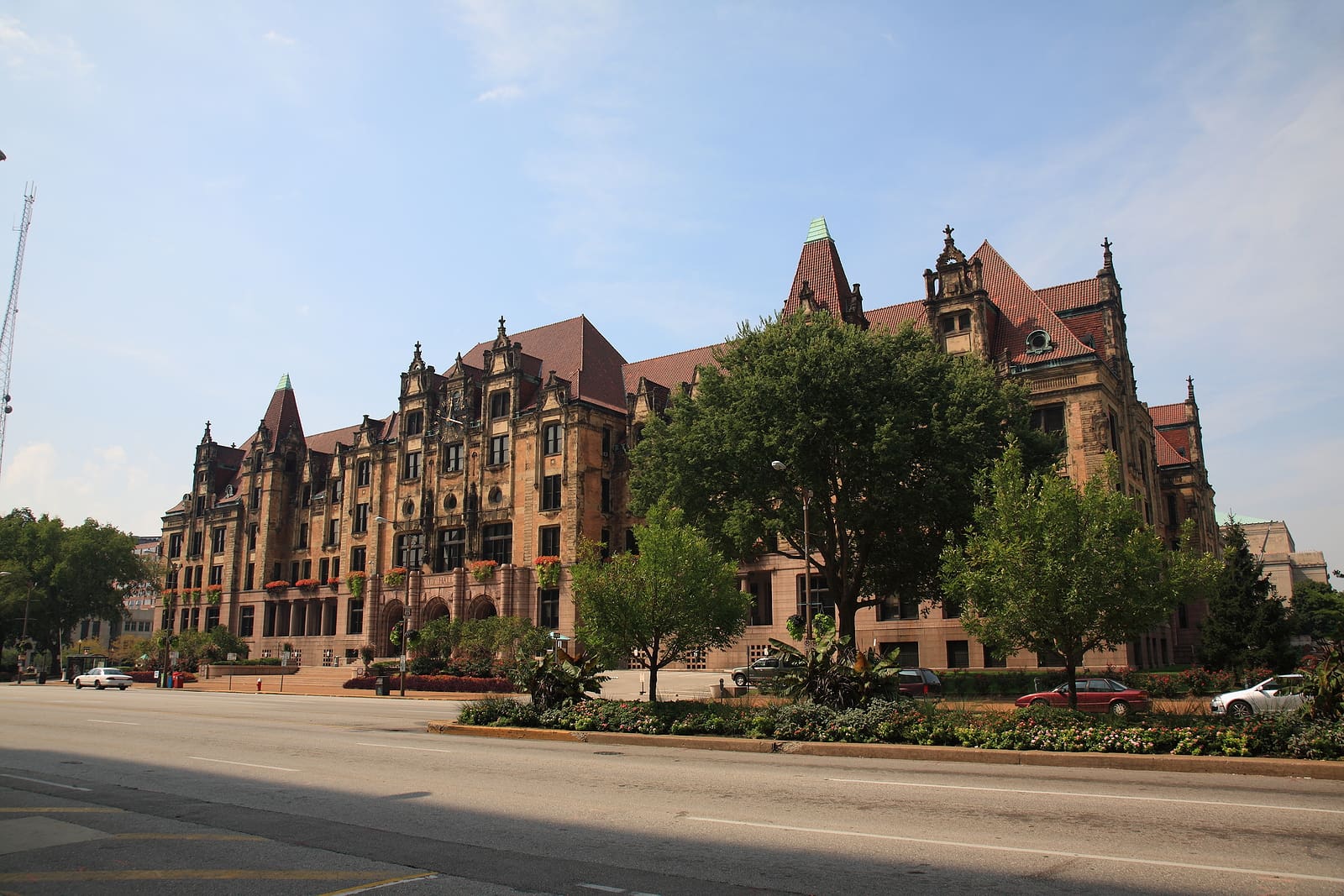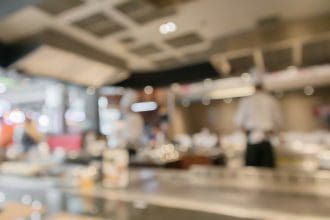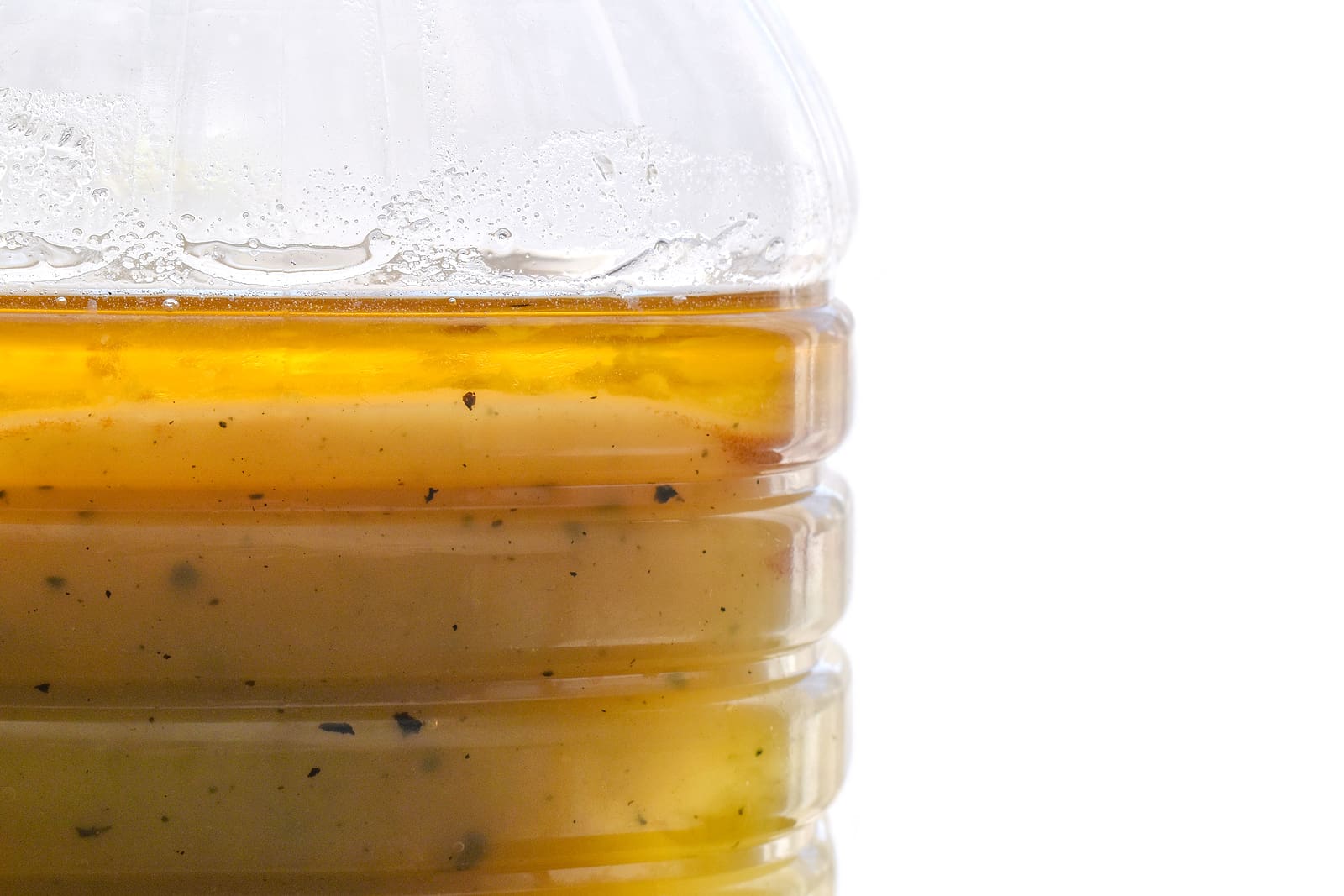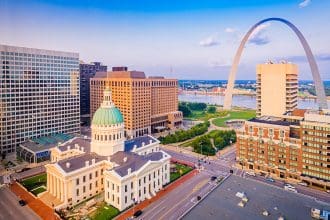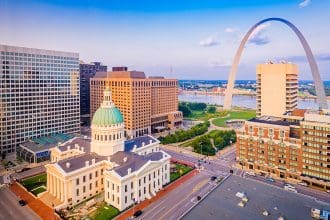Soulard: St. Louis’ Oldest Neighborhood Preserves French Roots, Immigrant Heritage, and a Thriving Modern Identity
ST. LOUIS, MO (STL.News) – Tucked just south of downtown St. Louis lies Soulard (SLD), one of the city’s oldest and most vibrant neighborhoods. Known for its red-brick architecture, historic churches, blues bars, and the ever-bustling Soulard Farmers Market, the neighborhood is more than just a cultural hub—it is a living story of St. Louis itself. From French colonial land grants to German immigrant influence, and the rise of breweries to the sounds of modern jazz, SLD has evolved while fiercely preserving its heritage.
Today, SLD is listed as a historic district and continues to attract residents, entrepreneurs, and tourists alike. However, to understand why SLD remains such a vital part of St. Louis’ identity, one must step back through more than two centuries of history.
The French Connection: Antoine Soulard and Julia Cerré
SLD owes its name and foundation to Antoine Pierre Soulard, a French naval officer who fled the upheaval of the French Revolution in the late 1700s. Soulard eventually arrived in Spanish-controlled St. Louis, where he became the territorial surveyor for the Spanish governor.
In 1795, Antoine married Julia Marie Cerré, the daughter of a wealthy merchant, Gabriel Cerré. Julia would later become one of the most influential figures in the St. Louis real estate industry. When Antoine died in 1825, Julia inherited the land, becoming not just a widow but also one of the most powerful women in the region.
Her forward-thinking leadership marked her as the first female real estate developer west of the Mississippi River. Julia subdivided portions of the land, selling plots to settlers and immigrants who would soon define the area’s character.
Her most enduring gift came in 1841–42, when she donated two blocks of land to the city, with the stipulation that it be used as a public marketplace. That decision gave birth to the Soulard Farmers Market, which stands today as the oldest continuously operating public market west of the Mississippi River.
Soulard Farmers Market: The Heartbeat of the Neighborhood
If Soulard has a heart, it beats inside the SLD Farmers Market. Long before Julia’s donation, farmers were already selling goods in the area as early as 1779, when St. Louis was a small French outpost. However, by the mid-1800s, the market had become formalized on the land donated by SLD.
Today, the market continues to thrive, with more than 140 vendors offering a diverse range of products, including fresh produce, meats, spices, flowers, baked goods, and crafts, inside the Grand Hall —a historic brick structure featuring open-air wings. For nearly two centuries, the market has been a focal point of daily life in St. Louis, where farmers, families, and merchants intersect.
Nationally recognized for its legacy, the Farmers Market is not just a place to shop but a cultural landmark that connects modern residents to the traditions of generations past.
German Immigration and Cultural Growth
By the mid-19th century, SLD had become a destination for waves of German and Eastern European immigrants, many of whom were fleeing political unrest and economic hardship. These settlers transformed the neighborhood with their culture, traditions, and craftsmanship.
German influence is still visible in SLD’s architecture, with brick row houses, Federal-style buildings, Italianate facades, and the unique “flounder houses”—narrow homes built with only one slope to the roof. Soulard’s layout and design reflect the working-class pride of these immigrant communities.
More importantly, the German immigrants brought with them a love for beer brewing, which would soon shape not only SLD but also St. Louis’ global reputation. It was in this neighborhood that Anheuser-Busch, America’s most iconic brewery, established its headquarters. The presence of the brewery helped fuel Soulard’s economy and connected the neighborhood to the larger identity of St. Louis as a beer capital.
Religious Anchors and Historic Churches
Religious life was also central to SLD’s growth, with German immigrants establishing some of the region’s most historic churches.
- Trinity Lutheran Church, founded in 1839, became the oldest Lutheran church west of the Mississippi River. Its Gothic Revival architecture still stands as a reminder of the German settlers’ deep faith and commitment to community.
- Saints Peter and Paul Catholic Church, established in 1849, expanded to encompass an entire parish block, which included schools, convents, and community services. It remains a cornerstone of the Catholic community in South St. Louis.
These institutions not only provided spiritual guidance but also education, social services, and cultural identity, helping immigrant families adapt while preserving their traditions.
Designation as a Historic District
By the mid-20th century, SLD faced the challenges of urban decline, like many older neighborhoods in St. Louis. However, preservation-minded residents fought to save the neighborhood’s heritage. In 1972, SLD was officially designated as a local historic district, ensuring that its unique 19th-century architecture and cultural fabric would be protected.
Today, SLD is one of only eight designated historic districts in St. Louis, with strict building codes that preserve its distinct character while allowing for modern adaptation. Civic groups, such as the Soulard Restoration Group and the Soulard Business Association, have played an instrumental role in revitalizing the neighborhood, striking a balance between preservation and progress.
Music, Mardi Gras, and Modern Identity
While its architecture and churches reflect its immigrant past, Soulard’s modern identity is equally vibrant. The neighborhood is renowned for its blues and jazz music scene, with bars and clubs hosting live performances nearly every night. Legendary venues have made Soulard a go-to destination for music lovers across the Midwest.
The neighborhood is also home to St. Louis Mardi Gras, one of the largest Mardi Gras celebrations outside New Orleans. Each February, tens of thousands of people flock to SLD for parades, concerts, and community events, transforming the historic streets into a vibrant carnival that seamlessly blends tradition with festivity.
Meanwhile, the Soulard Farmers Market continues to anchor community life, and nearby restaurants and breweries draw food lovers who want to experience both history and innovation. From French origins to German influence, Soulard today is a crossroads of cultures—old and new.
Anheuser-Busch and Soulard’s Brewing Legacy
No history of SLD would be complete without acknowledging its role in St. Louis’ beer empire. The neighborhood is situated adjacent to the Anheuser-Busch Brewery, which has been in operation since the mid-1800s and remains one of the largest breweries in the world.
The brewery not only provided jobs for immigrant families but also became a global symbol of St. Louis’ industrial might. Today, brewery tours remain one of the city’s most popular attractions, linking the neighborhood’s industrial past with its present role as a tourist destination.
A Neighborhood Preserving Its Soul
SLD is not simply a relic of the past—it is a living community that balances historic preservation with modern vibrancy. The streets are lined with 19th-century brick row houses, many of which have been lovingly restored by their residents. Restaurants, coffee shops, and small businesses thrive alongside long-standing institutions, creating a neighborhood that blends old-world charm with modern amenities.
Civic pride remains strong. Residents and local organizations host festivals, neighborhood cleanups, and cultural events, all designed to maintain Soulard’s unique identity. While gentrification and rising property values have transformed parts of the neighborhood, the sense of community remains at the forefront of daily life.
Why SLD Matters to St. Louis’ Future
SLD’s story is more than neighborhood history—it is a reflection of St. Louis itself. From its French colonial roots to waves of immigration, and from industrial brewing power to cultural rebirth, SLD embodies the city’s resilience and diversity.
As St. Louis looks to the future, SLD stands as a reminder that neighborhoods can thrive when communities value their past while embracing progress. Its markets, churches, music halls, and historic streets tell the story of America’s urban evolution—one rooted in tradition, enriched by immigration, and energized by civic pride.
For visitors, SLD is a must-see destination. For residents, it is home. And for St. Louis, it remains one of its greatest cultural treasures.
© 2025 STL.News/St. Louis Media, LLC. All Rights Reserved. Content may not be republished or redistributed without express written approval. Portions or all of our content may have been created with the assistance of AI technologies, like Gemini or ChatGPT, and are reviewed by our human editorial team. For the latest news, head to STL.News.

